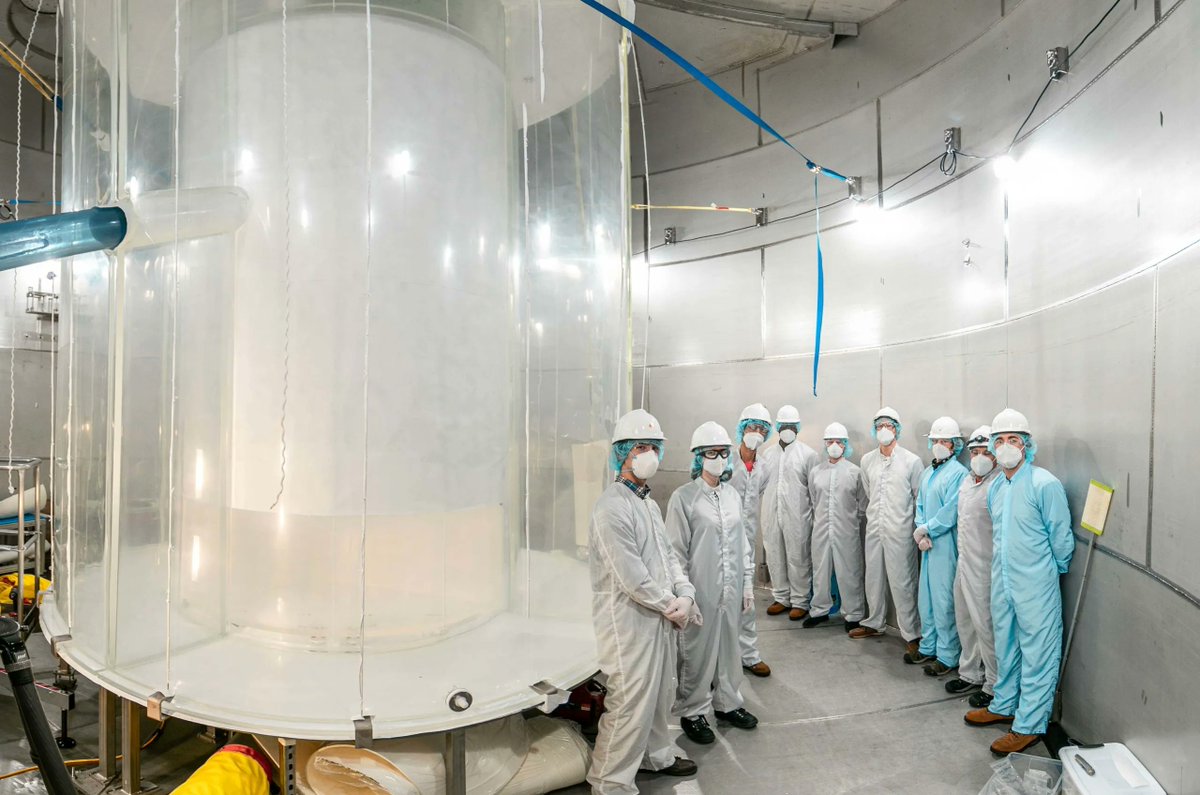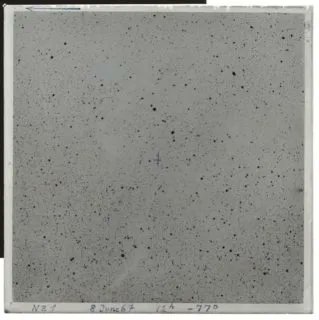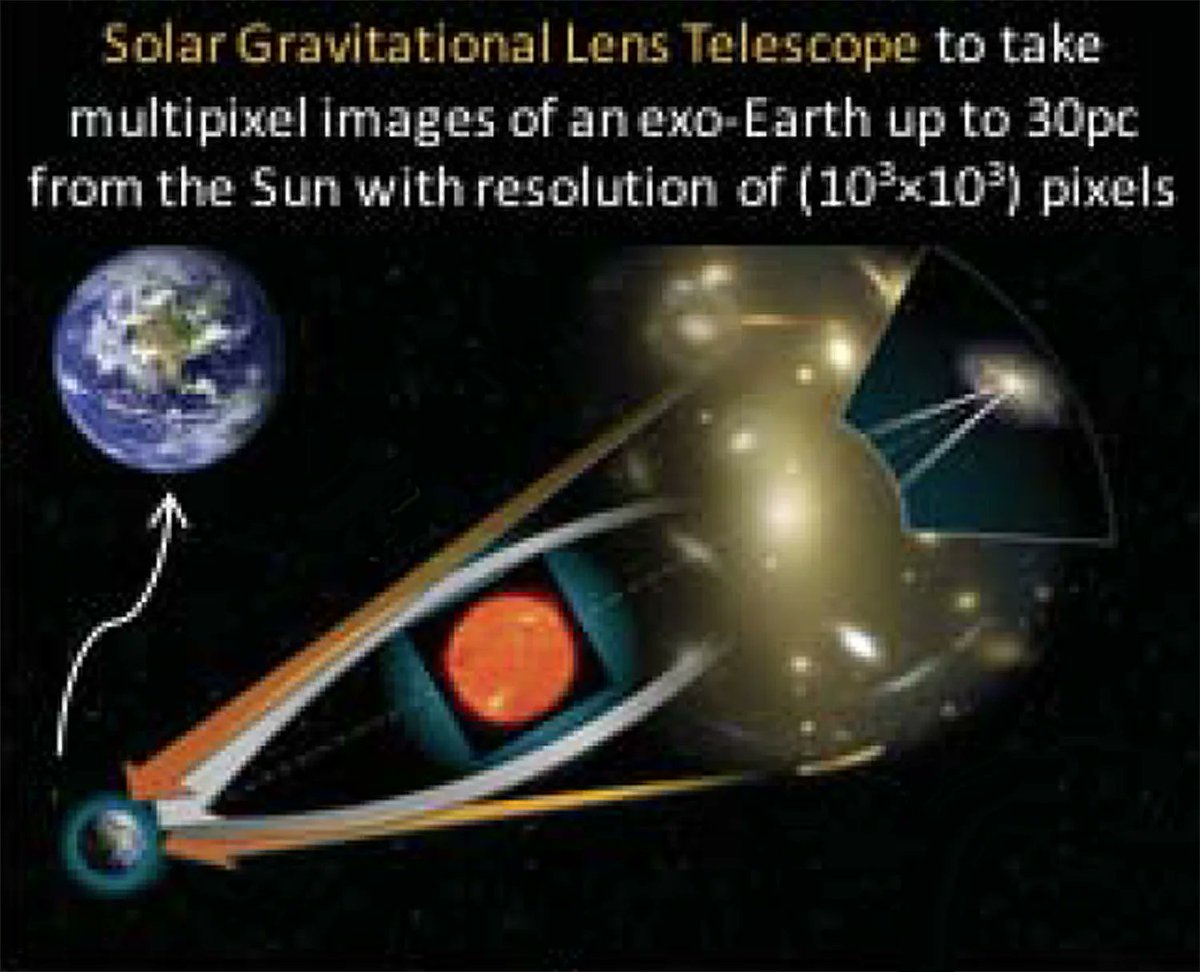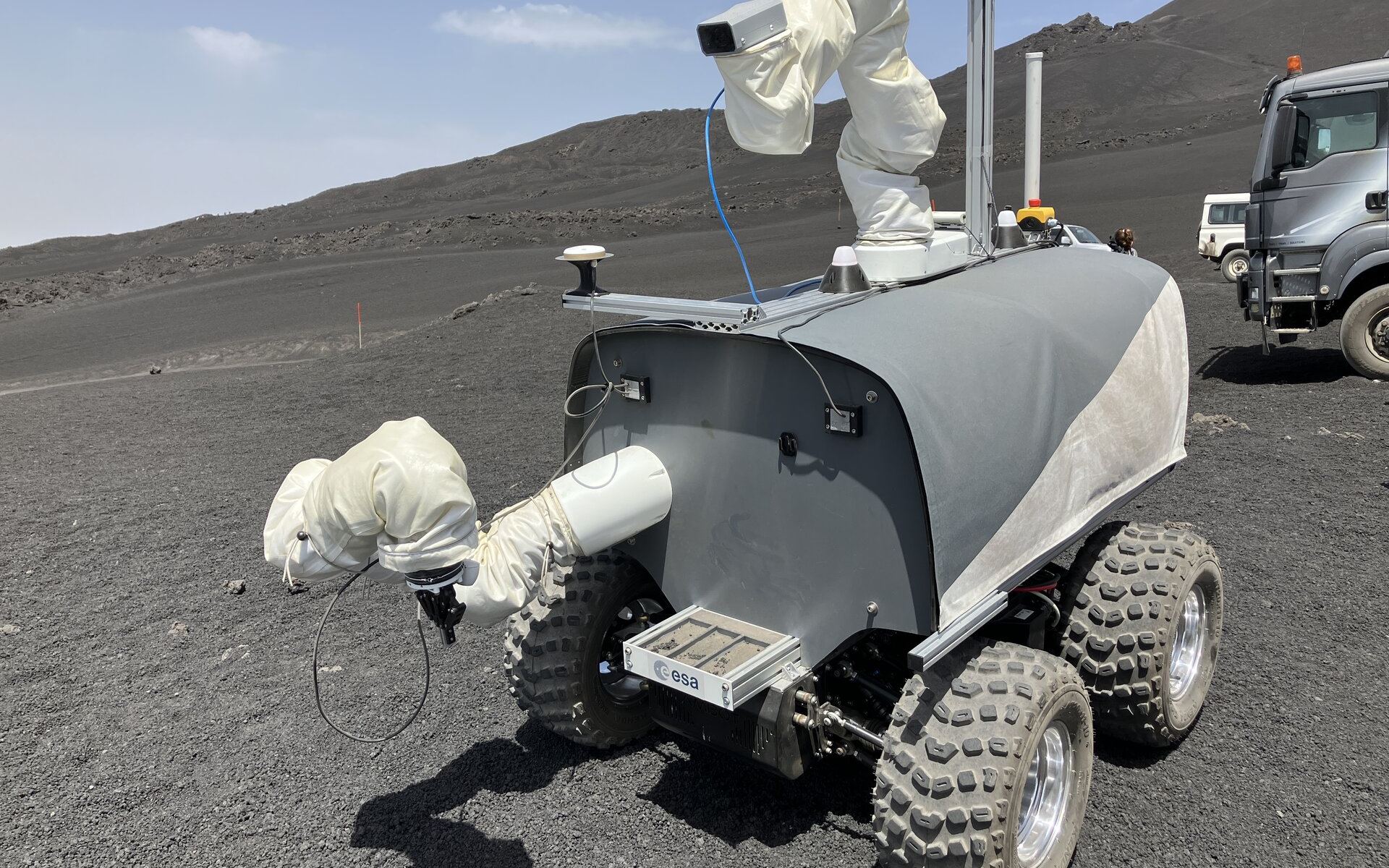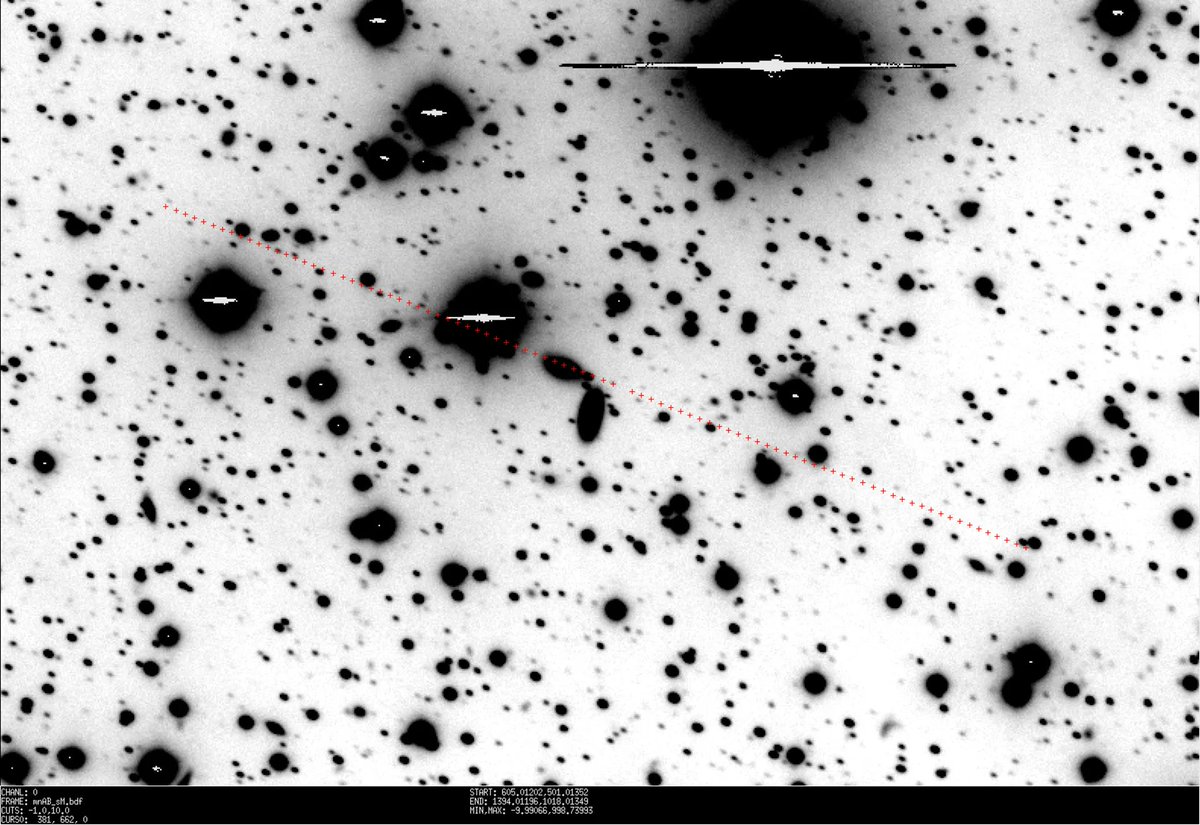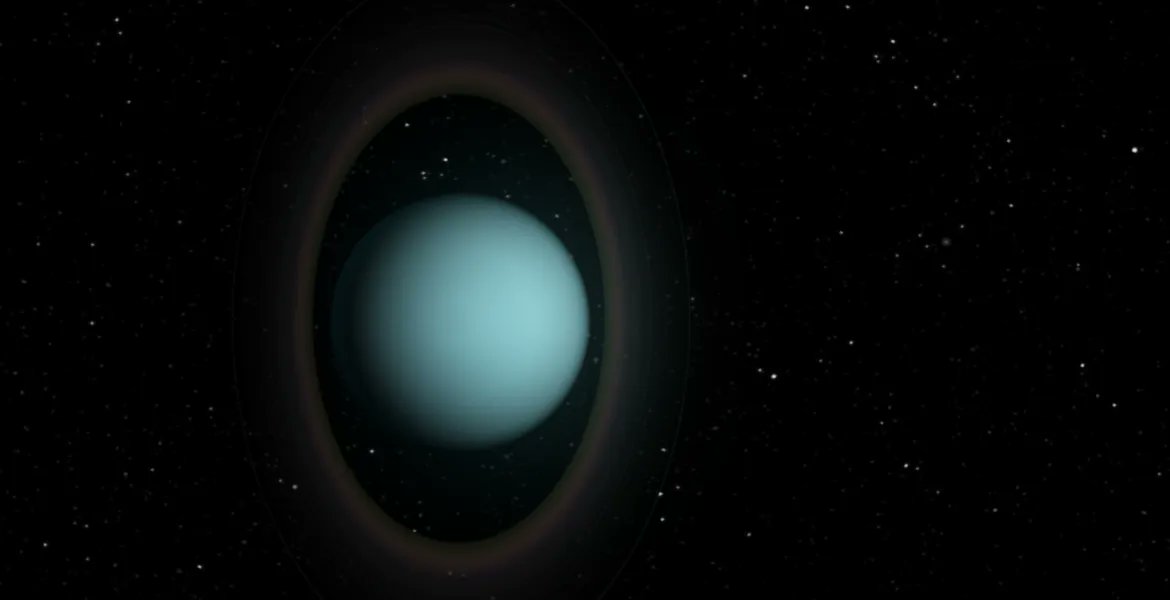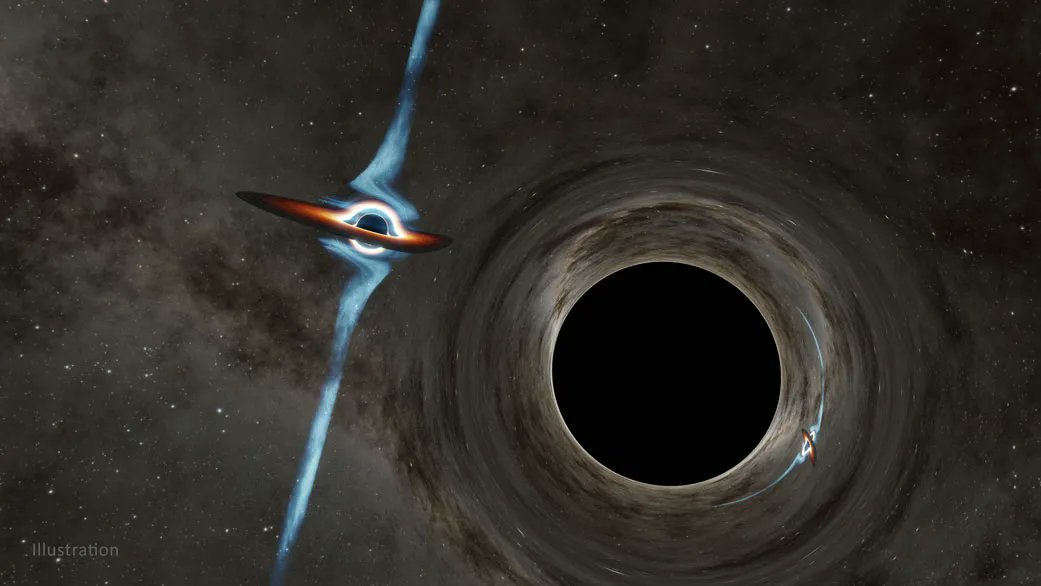Individual contributors have become less and less prominent in scientific fields as the discipline itself has matured. Some individuals still hold the public spotlight for their discoveries, such as Peter Higgs with the Higgs boson, which several other physicists also theorized around the same time he did. However, the actual data that eventually gave Dr. Higgs and François Englert their Nobel prize were collected by the Large Hadron Collider, arguably one of the largest technical projects that took thousands of scientists decades to design, build, and test.
Continue reading “The World’s Most Sensitive Dark Matter Detector has Come Online”Astronomers Have Digitized 94,000 Photographic Plates of the Night sky, Going Back 129 Years
Since the early days of the internet, and even computers more generally, there has been a push to collect all of the world’s information, built up over thousands of years, into a digital form so it can at least theoretically latest indefinitely. It also makes that information much more accessible to people interested in it. That was the motto of the original Google search engine, and specialists in various historical fields have been making slow but steady progress in doing just that over the past few decades. Now astronomy has gained one of its largest hauls of historical data as the Friedrich-Alexander University of Erlangen-Nuremberg has digitized 40,000 of its historical astronomical plates, along with 54,090 plates from other sources.
Continue reading “Astronomers Have Digitized 94,000 Photographic Plates of the Night sky, Going Back 129 Years”A Mission to Reach the Solar Gravitational Lens in 30 Years
NASA’s Institute for Advanced Concepts is famous for supporting outlandish ideas in the astronomy and space exploration fields. Since being re-established in 2011, the institute has supported a wide variety of projects as part of its three-phase program. However, so far, only three projects have gone on to receive Phase III funding. And one of those just released a white paper describing a mission to get a telescope that could effectively see biosignatures on nearby exoplanets by utilizing the gravitational lens of our own Sun.
Continue reading “A Mission to Reach the Solar Gravitational Lens in 30 Years”Researchers Create a Plasma Bubble With Lasers That Could Provide Propulsion or an Artificial Magnetosphere
Lasers are useful for a lot of things. They made CDs work (when they were still a thing). They also provide hours of entertainment for cats (and their humans). But they can also create magnetic conditions similar to the surface of the Sun in a lab, according to new research by scientists at Osaka University. And that might help a wide range of other scientific disciplines, ranging from solar astronomy to fusion.
Continue reading “Researchers Create a Plasma Bubble With Lasers That Could Provide Propulsion or an Artificial Magnetosphere”An Astronaut Controlled a Rover as it Collected Samples on Mt Etna. In the Future, it’ll be on the Moon
Lunar exploration has been gaining more and more traction from various sources recently. Every step forward is another towards potentially having a permanent human presence on another solar system body. ESA took another step recently with the completion of its Analog-1 robotics test, which took place successfully on the slopes of Mt Etna earlier this month.
Continue reading “An Astronaut Controlled a Rover as it Collected Samples on Mt Etna. In the Future, it’ll be on the Moon”An Ambitious Plan to Find Earth 2.0
When it comes to astronomy, the more instruments watching the sky, the better. Which is why it has been so frustrating that the world’s rising superpower – China – has long lacked focus on space-science missions. In recent years, with some notable exceptions, China’s space agency has focused on lunar exploration and human spaceflight, as well as some remote monitoring capabilities, leaving the technical know-how of arguably the world’s second more capable country on the sidelines when it comes to collecting space science data. Now, a team led by Jian Ge of the Shanghai Astronomical Observatory has suggested the most ambitious Chinese-led space science mission to date. And it plans to search for one of the holy grails of current astronomy research – an exoplanet like Earth.
Continue reading “An Ambitious Plan to Find Earth 2.0”The Most Threatening Asteroid Just got Downgraded to “Harmless”. No Impact in 2052
It’s comforting to know that there are people who are literally paid to watch the night sky to ensure that at least we’ll be informed if an asteroid will hit the Earth. Technology and near-Earth surveys have become advanced enough that the likelihood of a planet-killer-sized asteroid coming out of nowhere, as is so prevalent in modern media depictions, is extremely unlikely. Even smaller ones, which would only wipe out a city or part of a continent, get enough attention to tell if they pose a threat or not. And in advance of Asteroid Day 2022, which happened on June 30th, ESA is proud to announce they were able to remove one of the most threatening asteroids from their potential impact list.
Continue reading “The Most Threatening Asteroid Just got Downgraded to “Harmless”. No Impact in 2052″The Case is Building That Colliding Neutron Stars Create Magnetars
Magnetars are some of the most fascinating astronomical objects. One teaspoon of the stuff they are made out of would weigh almost one billion tons, and they have magnetic fields that are hundreds of millions of times more powerful than any magnetic that exists today on Earth. But we don’t know much about how they form. A new paper points to one possible source – mergers of neutron stars.
Continue reading “The Case is Building That Colliding Neutron Stars Create Magnetars”The Rings of Uranus and Neptune Could Help map Their Interiors
Mapping the interior of the ice giants is difficult, to say the least. Not only are they far away and therefore harder to observe, but their constant ice cover makes it extremely hard to detect what lies underneath. So scientists must devise more ingenious ways to see what’s inside them. A team from the University of Idaho, Cal Tech, Reed College, and the University of Arizona think they might have come up with a way – to look at the structure of Neptunes’ and Uranus’ rings.
Continue reading “The Rings of Uranus and Neptune Could Help map Their Interiors”Gaia Could Detect Free-Floating Black Holes Passing Near Stars in the Milky Way
The thing with black holes is they’re hard to see. Typically we can only detect their presence when we can detect their gravitational pull. And if there are rogue black holes simply traveling throughout the galaxy and not tied to another luminous astronomical, it would be fiendishly hard to detect them. But now we have a new potential data set to do so.
Gaia just released its massive 3rd data set that contains astrometry data for over 1.5 billion stars, about 1% of the total number of stars in the galaxy. According to a new paper by Jeff Andrews of the University of Florida and Northwestern University, it might be possible for Gaia to detect perturbances caused by a rogue black hole briefly interacting with one of the 1.5 billion stars in the catalog. Unfortunately, it’s just not very likely that any such interaction actually took place during Gaia’s observing time.
Continue reading “Gaia Could Detect Free-Floating Black Holes Passing Near Stars in the Milky Way”
